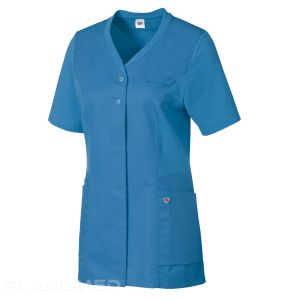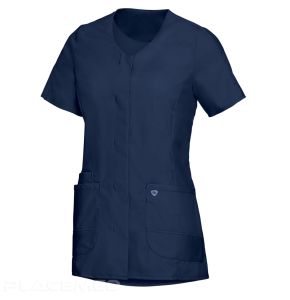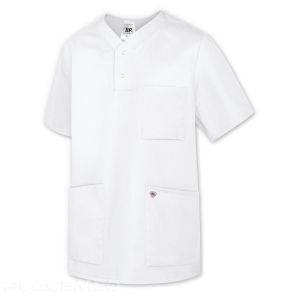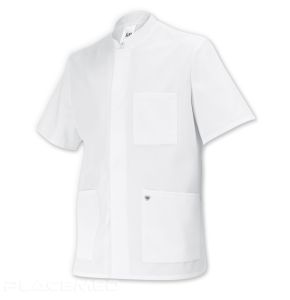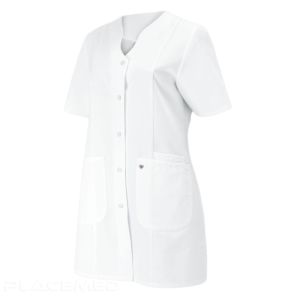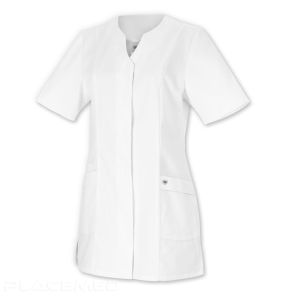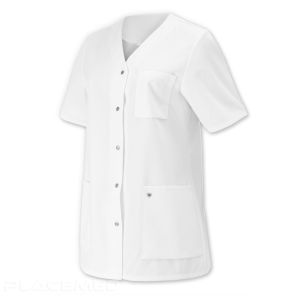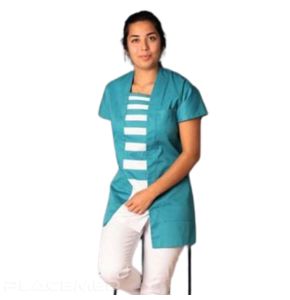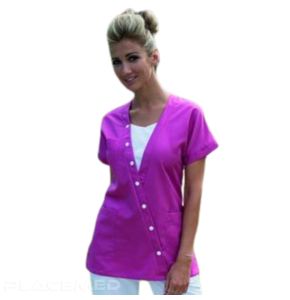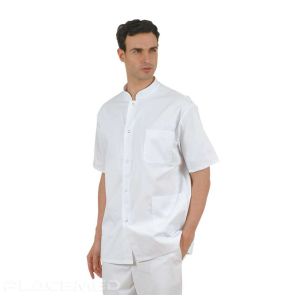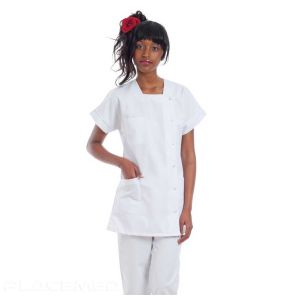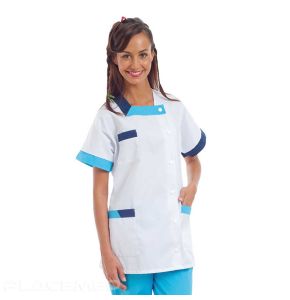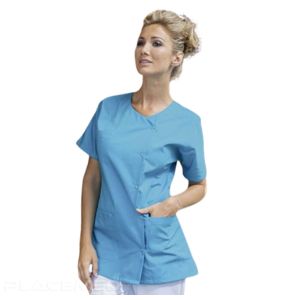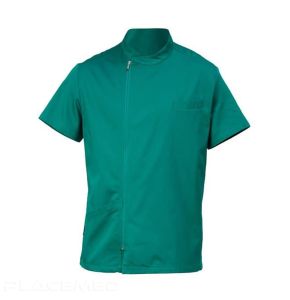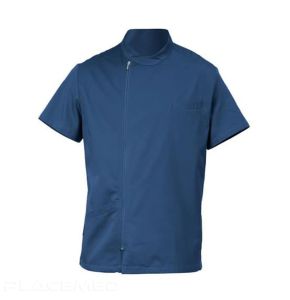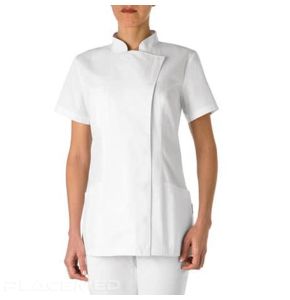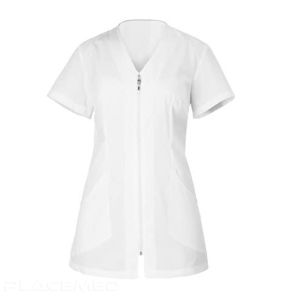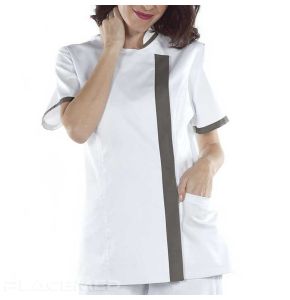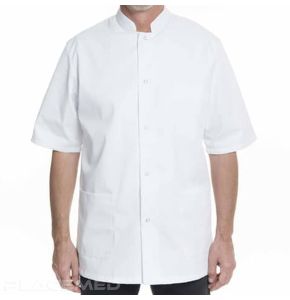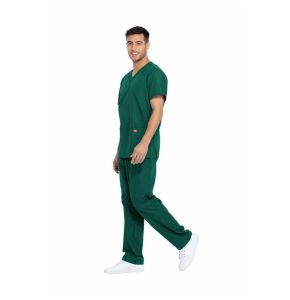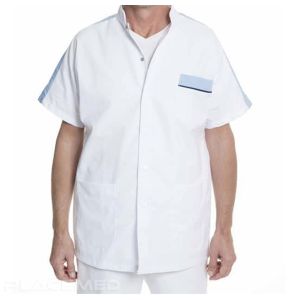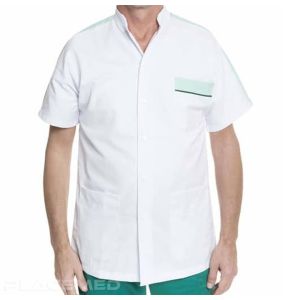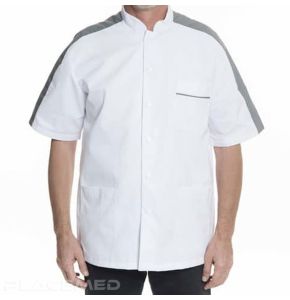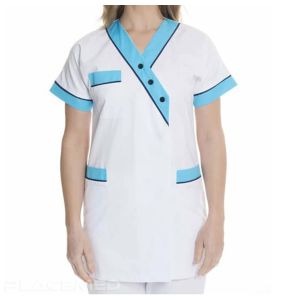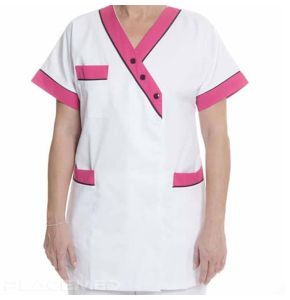Medical tunic
4055301708687 23/04/2024 1419
4010365819168 22/04/2024 1488
4010365623253 21/04/2024 1593
4010365758634 21/04/2024 1753
4010365758016 21/04/2024 1813
3666044317831 09/02/2024 1250
3666044282047 09/07/2023 935
3666044281392 09/07/2023 1034
3666044282375 09/02/2024 1121
3666044282627 09/02/2024 1437
8056732935174 21/01/2024 1693
8056732935242 21/01/2024 1671
8056746234485 21/01/2024 1858
8054085382935 21/01/2024 1434
21/01/2024 1422
21/01/2024 1624
21/01/2024 1927
21/01/2024 1664
21/01/2024 1536
21/01/2024 1844
21/01/2024 1701
Medical Tunic: An Essential Uniform!
The medical tunic is essential in many healthcare professions. Placemed has reserved a complete stand for it. You will find a wide range of high-quality medical tunics there. Thus, whether you are a doctor, nurse, nursing assistant, or any other professional, the suppliers showcasing on our platform will be able to offer you the work tunic that suits you. Benefit from unparalleled comfort and practicality all day long!
How to Choose the Right Medical Tunic?
Choosing an appropriate model is important for working comfortably and efficiently. To ensure comfort and professionalism, here are some tips to consider:
Choosing the right medical tunic is important to ensure comfort and professionalism. Here are some tips:
- Comfort: Opt for a model that allows you to move freely. Cotton medical tunics are often more comfortable and pleasant to wear.
- Size: Ensure that the model fits your size to avoid discomfort. A model that is too tight or too loose can be uncomfortable.
- Style: You can choose a classic white medical tunic or opt for colors and patterns that reflect your personality.
- Practicality: Models with pockets are practical for keeping your essential tools within reach. Also, consider ease of maintenance to keep your uniform looking impeccable.
- Quality: Investing in a high-quality model, such as those offered by BP, ensures better durability.
A good men's or women's medical tunic must offer complete freedom of movement. Medical staff perform many precise tasks. Therefore, it must be designed to be comfortable and practical, with ergonomic cuts that allow for easy movement without restriction.
In fact, it contributes to the well-being of the staff and a polished professional image. For a complete medical outfit, pairing the tunic with medical pants is ideal. Our women's and men's medical tunics are available in different styles to meet everyone's needs.
Which Materials Should You Choose for a Comfortable and Functional Medical Tunic?
The materials play a key role in the comfort and functionality of a professional women's or men's tunic.
- Cotton: Soft and breathable, ideal for long workdays.
- Cotton-Polyester Blends: Offer a good balance between comfort and durability.
- Innovative Materials: Some fabrics are treated to resist bodily fluids and offer better moisture management.
Modern medical tunics are generally made with innovative materials to ensure comfort and durability. Cotton is appreciated for its softness and breathability.
What Are the Differences Between Women's and Men's Medical Tunics?
Women's and men's medical tunics are designed to fit different body types and professional needs.
- Fit: The women's medical tunic is often more tailored, while the men's version is more roomy.
- Features: The men's nurse tunic may have different pockets compared to the nursing assistant tunic or the nurse's gown .
- Design: Colors and patterns may vary to reflect gender and profession.
How to Maintain Your Medical Tunic to Ensure Durability and Hygiene?
To keep your medical tunic in good condition and clean, follow these maintenance tips:
- Washing: Wash your men's or women's work tunic at high temperatures with an appropriate detergent.
- Ironing: Iron at low temperatures to avoid damaging the fabrics.
- Storage: Store your tunic in a dry and clean place to prevent wrinkles and stains.
To ensure your men's or women's medical tunic lasts a long time, it is important to maintain it properly. Wash it regularly according to the manufacturer's instructions to ensure perfect hygiene.
How to Personalize Your Work Tunic to Reflect Your Professionalism?
Personalizing your work tunic can enhance your professional image and identify your specific role.
- Embroidery: Add your name or your establishment's logo for a personal touch.
- Color Choices: Opt for colors that represent your specialty or your establishment.
- Accessories: Some models can be equipped with badges or personalized stethoscope holders.
What Are the Different Models of Medical Tunics Offered on Placemed?
Choosing the right work attire is essential for all medical and paramedical professions. Placemed offers a diverse range of tunics designed to meet the specific needs of each specialty:
- Hospital Tunic: Designed for hospital environments, it offers comfort and practicality for long hours spent rotating in a hospital setting.
- Nurse Tunic: Suitable for nurses, this model features multiple pockets to facilitate access to essential tools.
- Nursing Assistant Tunic: A lightweight and comfortable model, ideal for nursing assistants who require great freedom of movement.
- Dentist Tunic: Specifically designed for dentists, it offers an elegant cut and functionalities adapted to dental care.
- Physiotherapist Tunic: Flexible and durable, perfect for physiotherapists who need to move easily during rehabilitation sessions.
- Doctor Tunic: Professional and elegant, it reflects the seriousness and competence of doctors while offering optimal comfort.
 Francais
Francais 
